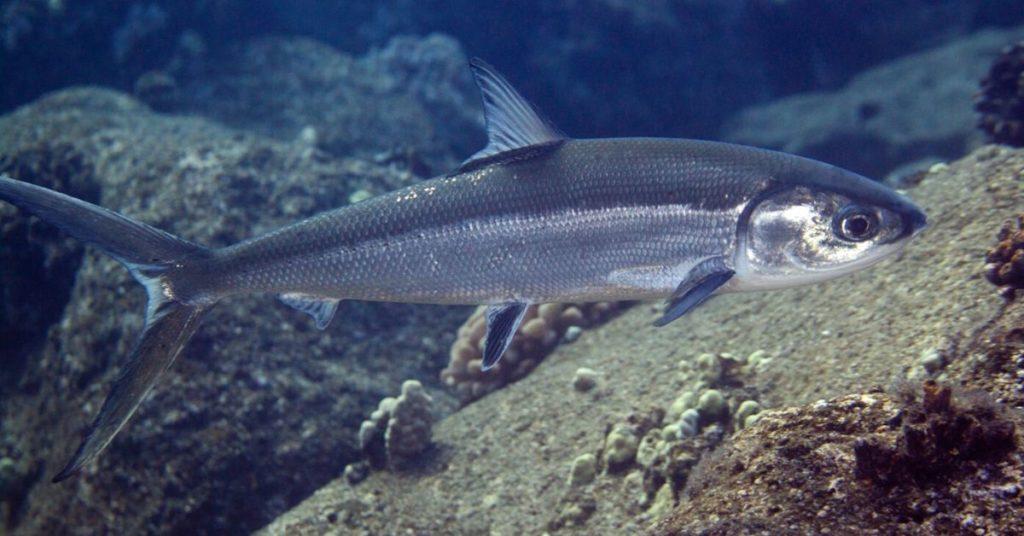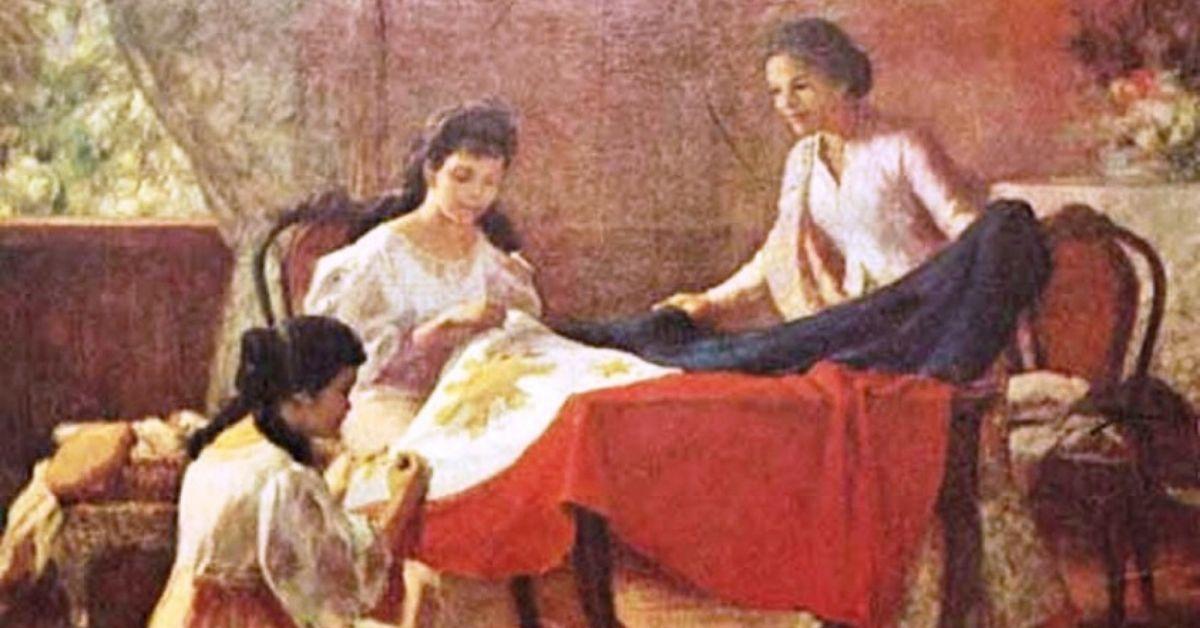
Well-known for its belly fat and abundance of bones, the bangus or milkfish (Chanos chanos) is regarded by many Filipinos as the country’s national fish. Alongside Indonesia, the Philippines is one of the world’s top commercial bangus producers. Combined, the two countries account for over 95 percent of the world’s supply. With this in mind, the fish’s popularity in the country isn’t that surprising; what may come as a shock, though, is that it isn’t the national symbol our school textbooks made it out to be.
C. chanos is the only living species classified under Chanidae, a family of fish that has been been around since the early Cretaceous period (145 million years ago). Growing up to 5.58 ft (1.7 m) long, the silvery-blue bangus has a streamlined body shape, a forked tail, and no teeth. In the wild, it thrives in the warmer areas of the Pacific and Indian oceans, feeding on algae and invertebrates. However, it’s capable of surviving in varying water conditions, which is part of what makes it a great choice for aquaculture. For hundreds of years, aquafarmers in Southeast Asia have been raising bangus in sea cages or freshwater ponds.
Still, despite its popularity in the Philippines, it is not our national fish. The official declaration of any animal, object, or person as a national symbol requires confirmation by law. To date, there is no law that recognizes the bangus (or any other fish, for that matter) as a national symbol. In fact, aside from the Filipino language and the symbols stated in Republic Act 8491 (the Flag and Heraldic Code of the Philippines), there are only six officially recognized Philippine national symbols: the Sambac jasmine or sampaguita (national flower), the narra tree (national tree), the Philippine eagle (national bird), the Philippine pearl (national gem), arnis (national martial art and sport), and the Filipino Sign Language or FSL (national sign language of the Filipino deaf).
Still remember your 5th-grade science classes? Test your knowledge and see if you still remember these facts and fundamental concepts in human anatomy, biology, botany, and other branches of science. Click here to try the “Are You Smarter Than A Pinoy Fifth-Grader” Challenge.
Follow the hashtag #FlipFacts on Facebook and Instagram to get your daily dose of science trivia!
References
- http://www.fao.org/fishery/culturedspecies/Chanos_chanos/en
- https://ncca.gov.ph/about-culture-and-arts/in-focus/9-facts-you-may-not-know-about-philippine-national-symbols/
- https://ncca.gov.ph/about-culture-and-arts/in-focus/official-national-symbols-of-the-philippines/
- https://web.archive.org/web/20100820011316/http://www.ncca.gov.ph/about-culture-and-arts/culture-profile/phil-fast-facts/culture-profile-pearl.php
- https://www.britannica.com/animal/milkfish
- https://www.manilatimes.net/2019/11/22/news/top-stories/zubiri-aims-to-bring-arnis-to-asian-games-olympics/657730/
- https://www.pna.gov.ph/articles/1053689
Author: Mikael Angelo Francisco
Bitten by the science writing bug, Mikael has years of writing and editorial experience under his belt. As the editor-in-chief of FlipScience, Mikael has sworn to help make science more fun and interesting for geeky readers and casual audiences alike.









